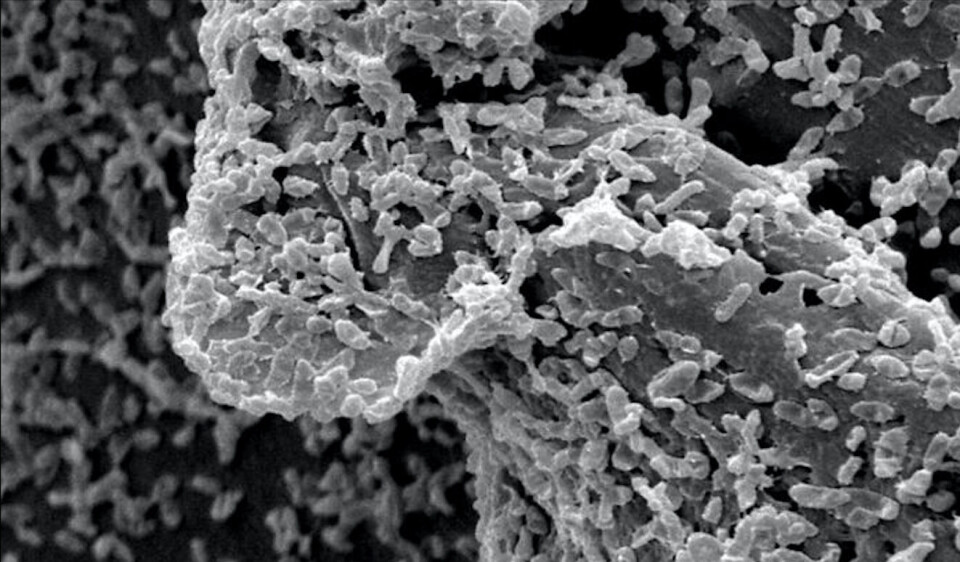
Salmon microbiome ‘different in flow-through and RAS farms’
The relationship between the fish microbiome and the bacteria microbiome that make up the biofilm of a tank are different in salmon grown in recirculating aquaculture systems (RAS) and in flow-through systems, researchers have discovered.
Since microbial communities are an important factor in the quality of the water in RAS and therefore in the health of fish, it is important to understand how these communities interact with fish and could influence health and wellbeing.
For this reason, scientists from the University of California and the University of Tasmania conducted a study where they evaluated how the type of fish farming (RAS vs flow-through) influences the microbial community of the Atlantic salmon mucus and, at the same time, its health.
RAS microbiomes more similar
For this, they took samples of gills, scales and intestine, for histology and genetic sequencing, from a total of 60 fish from three different fish farms from the same company (two RAS and one flow-through). At the same time, they also collected microbiological samples of water and biofilm from the tank walls.
In their results, the researchers were able to determine that each fish farm has different microbiomes, with recirculation microbiomes being more similar.
Likewise, they observed a correlation between the microbiome of the tanks and the fish of each one of the fish farms, for which they postulated that the biofilm has a direct influence on the microbiological communities of the fish.
“The number of gill and skin mucous cells was higher in both RAS fish farms compared to open flow, suggesting that RAS fish may have been healthier or less stressed,” the authors wrote in their conclusion, adding: “These high numbers of mucous cells in the skin were positively correlated with microbial richness and phylogenetic diversity in the skin, and were also associated with changes in microbial composition.”
In the gastrointestinal tract, the thickness of the mucosa, muscle thickness, and the number of mucous cells were greater in RAS-grown fish compared to flow-through-grown fish.
Water and biofilm ‘driving differences’
The scientists reported that these fish had a more complex gastrointestinal tract compared to fish grown in a flow-through system. “We presume that differences in microbial communities in the pond water column and biofilm are driving differences in the gut microbiome,” they noted.
In conclusion, the researchers stated that by demonstrating how the type of fish farming influences the environmental microbiome, which in turn influences the microbiome of fish mucosa and their health, their study “demonstrates the usefulness of developing environmental samples and / or of fish microbiomes as a potential indicator of pond health”.
“The results of this study provide evidence of a link between the pond microbiome and the fish microbiome with the skin microbiome as an important intermediary,” they concluded.
Read the study titled “Microbial ecology of Atlantic salmon, Salmo salar, hatcheries: impacts of the built environment on fish mucosal microbiota” here.























































